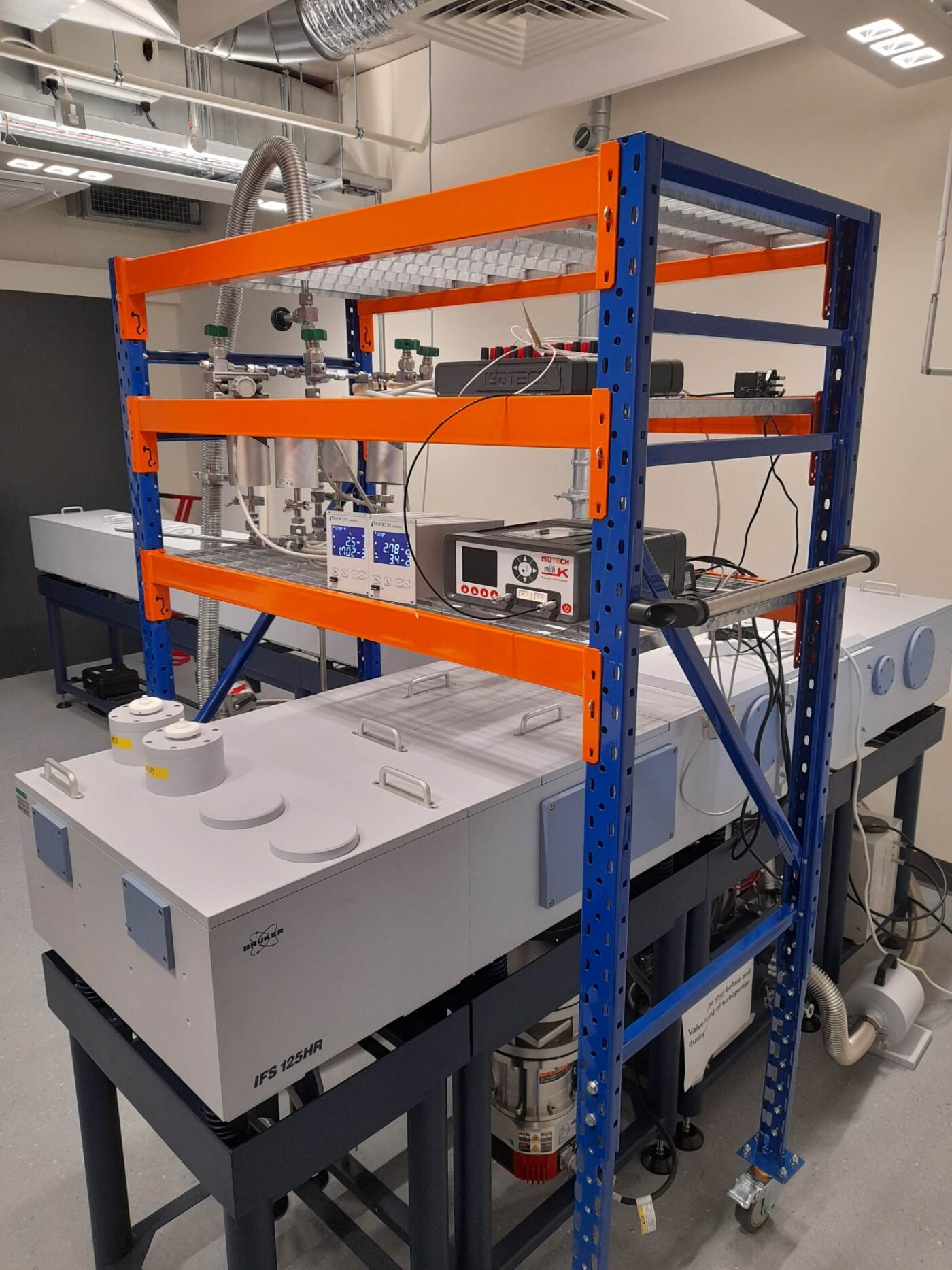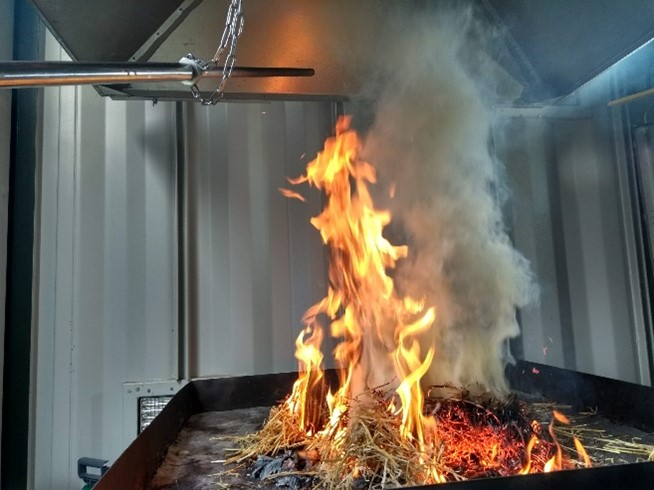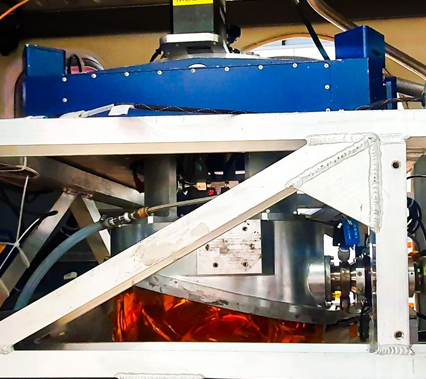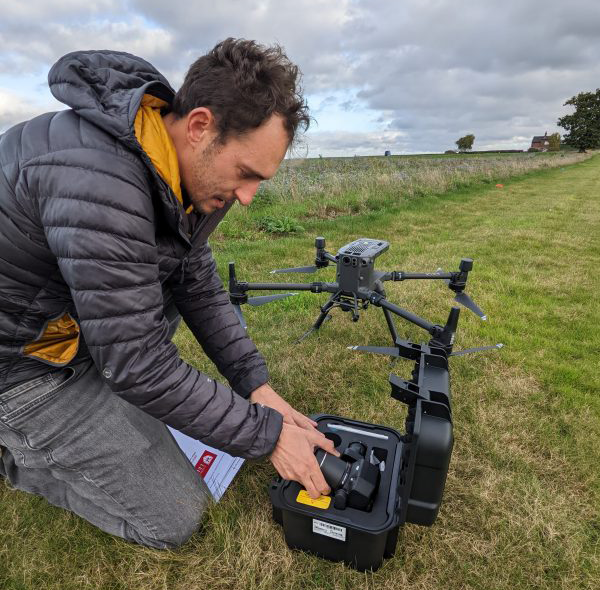
Infrared Spectroscopy Laboratory
Infrared Spectroscopy Laboratory
We focus our investigations on atmospheric gases, which are found in satellite retrieval spectra. In the SPENSER lab, new high-resolution infrared pure and air-broadened spectra have been measured for different gases. Using a multispectral fitting approach, we are determining new spectroscopic line parameters for each gas, which will be used to update those currently listed in the HITRAN database.
In the SPENSER (Spectroscopy for Environmental Sensing Research) lab, we take high-resolution (up to 0.0015 cm-1) infrared spectra of gas samples. By varying the experimental conditions, such as the type and number of gases, and the cell pressure, temperature, and path length, we are able to take many different spectra. These spectra are then fitted together using a multispectral fitting software, Labfit, to accurately and precisely determine new spectroscopic line parameters. These new parameters will be used to update those currently listed in the HITRAN database, which we use as our starting point for fitting the data. Parameters from the HITRAN database are used to create the models that fit data taken from satellite retrievals, which use spectrometers with significantly lower resolution (at best 0.25 cm-1) due to limitations on their size. More accurate data parameters lead to a more accurate quantification of atmospheric gases from satellite retrieval data.

Laboratory capability
Our laboratory capabilities include:
- Preparation of gas sample mixtures at accurately measured pressures inside a variety of sample cells.
- High-resolution Fourier transform infrared (FTIR) spectroscopy of gas samples.
- Regulation of gas cell temperature to a set constant.

Our facilities include:
- Bruker IFS 125HR – for the measurement of high-resolution Fourier transform infrared spectra, up to a resolution of 0.0015 cm-1.
- Edwards T-station 85 turbopump – connected to the gas line, for evacuation of the sample cell.
- INFICON SKY CDG045D manometers of different optimum pressures (0.1 hPa, 1 hPa, 10 hPa, 100 hPa and 1000 hPa), connected to INFINICON VGC 502 controllers – for accurate measurement of pressure in the gas cell.
- F32-HE Julabo circulator – for regulation of temperatures at close to room temperature.
- F95-SL Julabo circulator – for regulation of temperatures < 0 °C.
- Isotech milliK precision thermometer and millisKanner channel expander – for precise measurement of cell temperature.
Access
The Infrared Spectroscopy laboratory may be available to other research organisations, usually in collaboration with NCEO or University of Leicester.
Our work
We focus our investigations on atmospheric gases, which are found in satellite retrieval spectra. In the SPENSER lab, new high-resolution infrared pure and air-broadened spectra have been measured for different gases. Using a multispectral fitting approach, we are determining new spectroscopic line parameters for each gas, which will be used to update those currently listed in the HITRAN database.
Ammonia
Ammonia (NH3) is the most abundant alkaline atmospheric gas. It has a range of anthropogenic sources, the most substantial being the use of nitrogen-based fertilizers in agriculture. Ammonia plays a significant role in the formation of particulate matter in the atmosphere, most notably PM2.5, which can significantly affect human health. Additional effects of ammonia include degradation of visibility and atmospheric deposition of nitrogen to sensitive ecosystems.
Nitrous oxide
Nitrous oxide (N2O) is the third most prominent greenhouse gas. Like with ammonia, the most significant anthropogenic source of nitrous oxide is agricultural, through nitrogen-based fertilizers, with some contributions from industrial sources. Nitrous oxide has a potency as a greenhouse gas of roughly 300 times that of carbon dioxide. It and other nitrogen oxides are also responsible for slowing ozone hole recovery.
Access
The Instrument Development Laboratory may be available to other research organisations, usually in collaboration with NCEO or University of Leicester.
Contact
For further information contact Dr Jeremy Harrison

Laboratory capabilities

Search datasets and tools

NCEO produces various datasets related to climate change, including measurements of greenhouse gases, atmospheric composition, land surface changes and ocean health.
Our datasets are valuable for understanding the dynamics of climate change on a global scale and informing policies and actions to address it.






